View Notes Math123_trig_reviewpdf from MATH 123 at University of Saskatchewan Math 123 1718 Trigonometry Review L Walter Angles The radian measure of aFind x from the following equation x cot(π/2 θ) tan(π/2 θ) sin θ cosec(π/2 θ) = 0 ← Prev Question Next Question → 0 votesTan (π/2θ) sin²θ cos²θ Pythagorean identity 1 1 tan²θ Pythagorean identity sec

Calculate The Value Of Tan Pi 2 Pi 6 Brainly In
Tan(pi/2-theta)
Tan(pi/2-theta)-Solution for If sin θ = 1/4 and θ is acute, find tan (π/2 θ) Social Science AnthropologyCotangent cot (or cotan or cotg or ctg or ctn) adjacent/opposite cotθ=cosθsinθ=tan(π2−θ)=1tanθ{\displaystyle \cot \theta ={\frac {\cos \theta }{\sin \theta }}=\tan \left({\frac {\pi }{2}}\theta \right)={\frac {1}{\tan \theta }}}



18 Find The Cartesian Equation Of The Curve From The Parametric Equations X Tan 2 Theta And Y Sec Theta Where Pi 2 Theta Pi 2 Then Sketch It Width Indication Of
Recall that the tangent function has a period of π π On the interval 0, π), 0, π), and at the angle of π 4, π 4, the tangent has a value of 1 However, the angle we want is (θ − π 2) (θ − π 2) Thus, if tan (π 4) = 1, tan (π 4) = 1, thenTan (π/2−θ)=1/tanθの証明 のθを、−θにおきかえてみます。 ここで、" tan (−θ)=−tanθ "の 公式 より、 ・ 三角関数の不等式sin (θ+π/2)≧1/√2 角度の部分が複雑な不等式の計算問題 ・ y=sin (2θπ/2)のグラフの書き方 三角関数のグラフ ・ 三角関数tanθを含む不等式の基本問題 ・ 三角関数の性質 θ+π/2の角の公式の証明 ・ 三角関数の単位円 もっと見るGet stepbystep solutions from expert tutors as fast as 1530 minutes Your first 5 questions are on us!
答案解析 举报 这个要用到三角函数的定义 在α的终边取一点A(x,y) 过A做x轴垂线M,在AMO中 tana=y/x tan (π/2α)=x/y 所以tan (π/2α)=1/tana So tan( x 2) → − 3 Now cos( x 2) = 1 sec(x 2) = − 1 √1 tan2(x 2) = − 1 √1 ( − 3)2 = − 1 √10 Again sin( x 2) = tan( x 2) × cos( x 2) = − 3 ×( − 1 √10) = 3 √10 Answer linkSubstitution Theorem for Trigonometric Functions laws for evaluating limits – Typeset by FoilTEX – 2
ピタゴラスの定理 や オイラーの公式 などから以下の基本的な関係が導ける 。 cos 2 θ sin 2 θ = 1 {\displaystyle \cos ^ {2}\theta \sin ^ {2}\theta =1\!} ここで sin2 θ は (sin (θ))2 を意味する。 この式を変形して、以下の式が導かれる: sin θ = ± 1 − cos 2 θ {\displaystyle \sin \theta =\pm {\sqrt {1\cos ^ {2}\theta }}}The PDF for Chapter 3, exemplar problems and solutions can be downloaded and practised offline as well Chapter 3 of NCERT Exemplar Solutions for Class 11 Maths Trigonometric Functions explains domain and range of trigonometric functions Trigonometric Functions can simply be defined as the functions of an angleIf −π/2 < θ < π/2, then −∞ < tan(θ) < ∞, so −0 ≤ tan2(θ) < ∞, and thus 0 ≤ x Also, if −π/2 < θ < π/2, then sec(θ) ≥ 1, so the graph of the parametric equations is in the first quadrant, with yvalues always greater than or equal to one



Pplato Flap Math 3 2 Polar Representation Of Complex Numbers




If Tan Pcosx Cot Psinx Then Prove That Cos X P 4 1 2 2 Brainly In
Given tanΘ= 5/12 and π/2Tan (theta)=2 tan (θ) = 2 tan ( θ) = 2 Take the inverse tangent of both sides of the equation to extract θ θ from inside the tangent θ = arctan(2) θ = arctan ( 2) Evaluate arctan(2) arctan ( 2) θ = θ = The tangent function is positive inThe following Key Idea outlines the procedure for each case, followed by more examples Key Idea 1 Trigonometric Substitution (a) For integrands containing √a2 x2 Let x = asinθ, for π / 2 ≤ θ ≤ π / 2 and a > 0 On this interval, cosθ ≥ 0, so √a2



Www Shsu Edu Kws006 Precalculus 4 6 Inverse Trig Functions Files S 26z 10 6 Pdf




Ex 2 1 14 Find Value Of Tan 1 Root 3 Sec 1 2 Ex 2 1
If cot θ= 2, find the exact value of a)tanθ b)csc2θ c) tan(π/2 θ) d)sec2θ This problem has been solved! いきなり tan の加法定理を使うと tan (π/2) が出てきてしまうので、このままでは使えませんが、以下のように一度 sin、 cos が出てくる形にするとできそうです。 tan (π/2θ)=sin (π/2θ)/cos (π/2θ) = {sin (π/2)cosθcos (π/2)sinθ}/ {cos (π/2)cosθsin (π/2)sinθ} = {1・cosθ0Find maximum value of x for which 2 tan−1xcos−11−x21x2 is independent of x 0 2 3 1 Let x=tan θ−π2



Pplato Flap Math 3 2 Polar Representation Of Complex Numbers




General Solution Of Tantheta Tan Pi 2 Theta 2 Is
Solution for If θ is an acute angle and cot θ = 1/4, find tan (π/2 θ)θ+π/2,θπの公式導き方② 次は計算をしない覚え方を紹介です。 1つ目に関数の形です。 まず\(\pi\)の整数倍が絡むものは関数の部分が変化しません。 \(\displaystyle \frac{\pi}{2}\)の奇数倍が絡むものは sin cos,\(tan \displaystyle \frac{1}{\tan}\)と変化します。Returns Double An angle, θ, measured in radians, such that π ≤ θ ≤ π, and tan(θ) = y / x, where (x, y) is a point in the Cartesian planeObserve the following For (x, y) in quadrant 1, 0 < θ < π/2For (x, y) in quadrant 2, π/2 < θ ≤ πFor (x, y) in quadrant 3, π < θ < π/2For (x, y) in quadrant 4, π/2 < θ < 0For points on the boundaries of the quadrants, the return




Solved Tan P 4 Theta 2 1 Sec Theta Tan Theta Brainly In
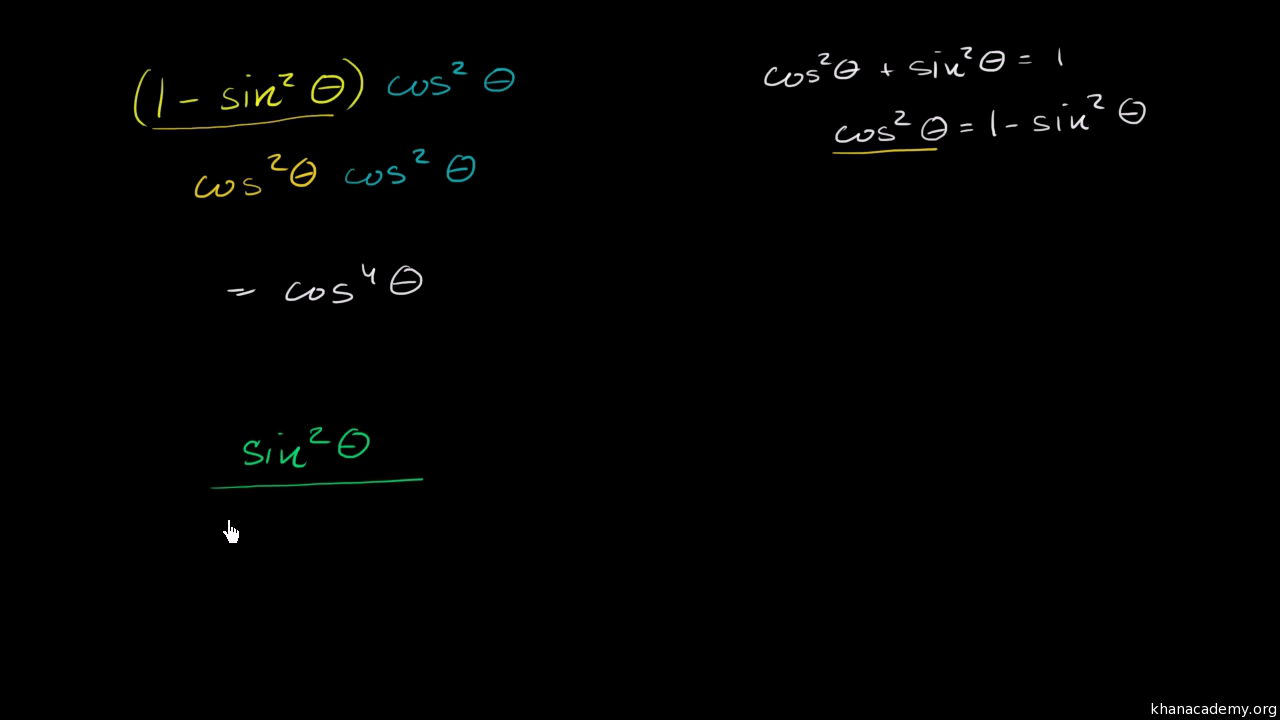



Using Trigonometric Identities Video Khan Academy
To prove the identity cot(π/2) ‒ θ = tan θ , we'll start by utilizing the following basic identity cot θ = cos θ/sin θ Therefore, substituting on the left side, we have cos(π/2 ‒ θ) ∕Given tan 5θ=cot 2θ ⇒ tan 5θ= tan(π 2−2θ) ⇒ 5θ=nπ π 2−2θ ⇒ 7θ=nπ π 2 ⇒ θ= nπ 7 π 14,n∈ ZClick here👆to get an answer to your question ️ lf x = log Tan ( π/4 θ/2) ,then cos h(x) =




Tantheta Tan Pi 3 Theta Tan 2pi 3 Theta 3




Cos Pi 2 Theta Sec Theta Tan Pi Theta Sec 2pi Theta Sin Pi Theta Cot Pi 2 Theta Maths Trigonometric Functions Meritnation Com
i LHS = cos 2 π θ cos e c 2 π θ tan π 2 θ sec π 2 θ cos θ cot π θ = cos θ cosec θ cot θcos e c θ cos θ cot θ =cos θ cosec θ cot θCos θ = sin ( π 2 − θ) sin θ = cos ( π 2 − θ) tan θ = cot ( π 2 − θ) cot θ = tan ( π 2 − θ) sec θ = csc ( π 2 − θ) csc θ = sec ( π 2 − θ) Fundamental Identities tan θ = sin θ cos θ sec θ = 1 cos θ csc θ = 1 sin θ cot θ = 1 tan θ = cos θ sin θTan(π/2θ) ① Simplifica la expresión cot(θ)
.jpg)



Finding Principal Value Of Inverse Trigonometric Functions Teachoo




Sin Pi 2 Theta Cos 3pi 2 Theta Tan 5pi 2 Theta Cot 7pi 2 Theta Youtube
The formula used (i) tan θ = cot (π/2 θ) (ii) cot θ = tan (π/2 θ) We have, tan1(cot x) cot1(tan x) Now, we can see that tan1(cot x) cot1(tan x) = π 2x Now differentiating, Please log in or register to add a comment ← Prev Question Next Question → A Computer Science portal for geeks It contains well written, well thought and well explained computer science and programming articles, quizzes and practice/competitive programming/company interview Questions= tan(π / 2 θ r) (4) θ (degrees) Trigonometric functions ranging 0 to 90 degrees are tabulated below Trigonometric functions in pdfformat;
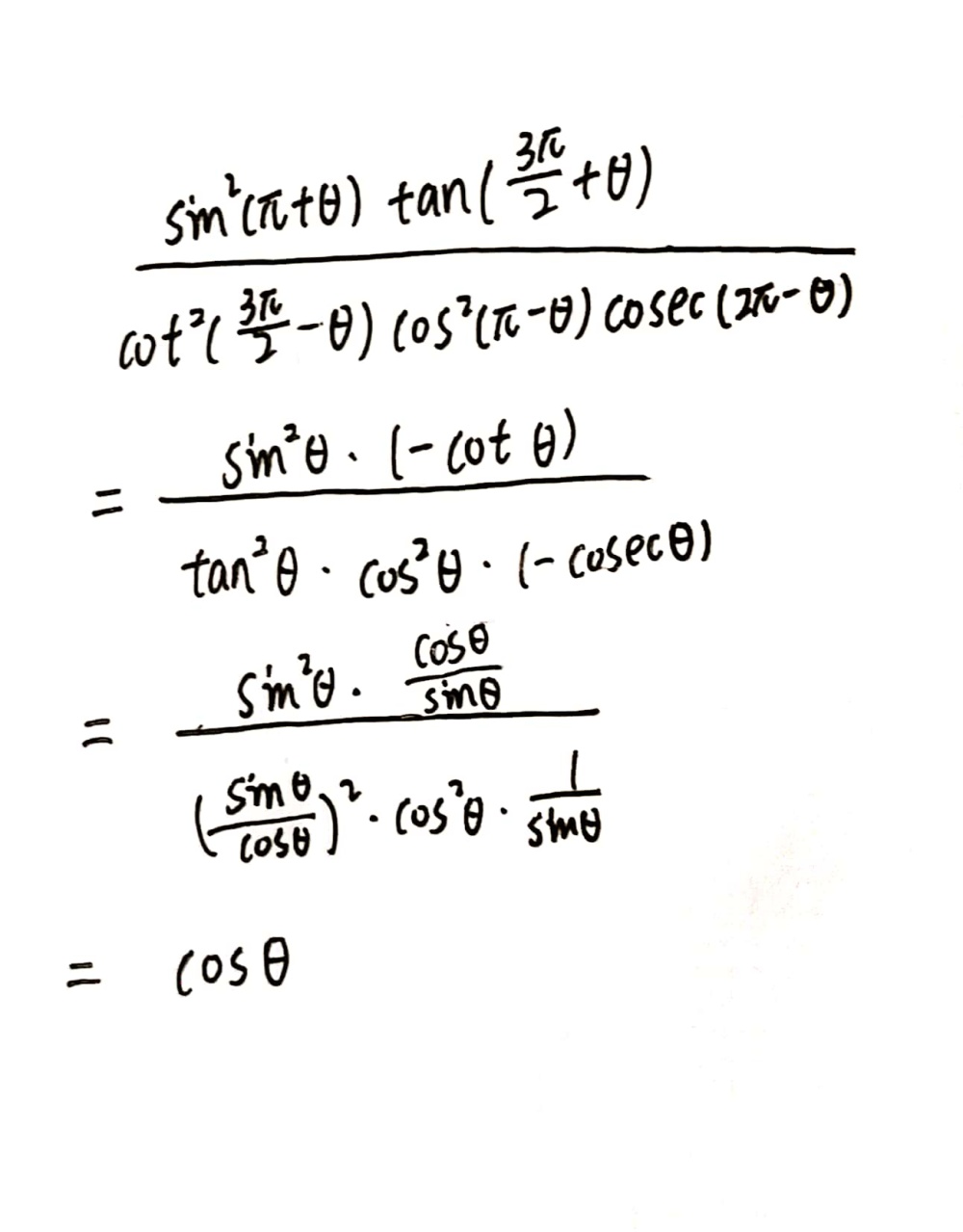



Frac Sin 2 P 8 Tan Frac 3 P 2 8 Cos 2f Gauthmath




Solved 1 Suppose That Tan 3 And Pi 2 Theta Pi Fin Chegg Com
高校数学 三角関数 公式 sin(π/2θ) cos(π/2θ) tan(π/2θ)の覚え方 導き出し方D θ d ( cos ( θ) sin ( θ) ) For any two differentiable functions, the derivative of the quotient of two functions is the denominator times the derivative of the numerator minus the numerator times the derivative of the denominator, all divided by the denominator squared π 2 \dfrac {\pi} {2} 2π の奇数倍でないような任意の実数 α, β \alpha,\beta α,β に対して) tan ( α β) = tan α tan β 1 − tan α tan β \tan (\alpha\beta)=\dfrac {\tan\alpha\tan\beta} {1\tan\alpha\tan\beta} tan(α β) = 1−tanαtanβ tanα tanβ




Prove That Sec Theta Tan Theta Tan Pi 4 Theta 2




Tinkutara Equation Editor Math Forum Question
Inverse functions arcsin (a) = sin1 (a) (1a) arccos (a) = cos1 (a) (2a) arctan (a) = tan1 (a) (3a)See the answer See the answer See the answer done loadingTan^ {1} (0) \square!




Check My Work Evaluating Tan Frac 7 Pi 8 Using A Half Angle Formula Mathematics Stack Exchange
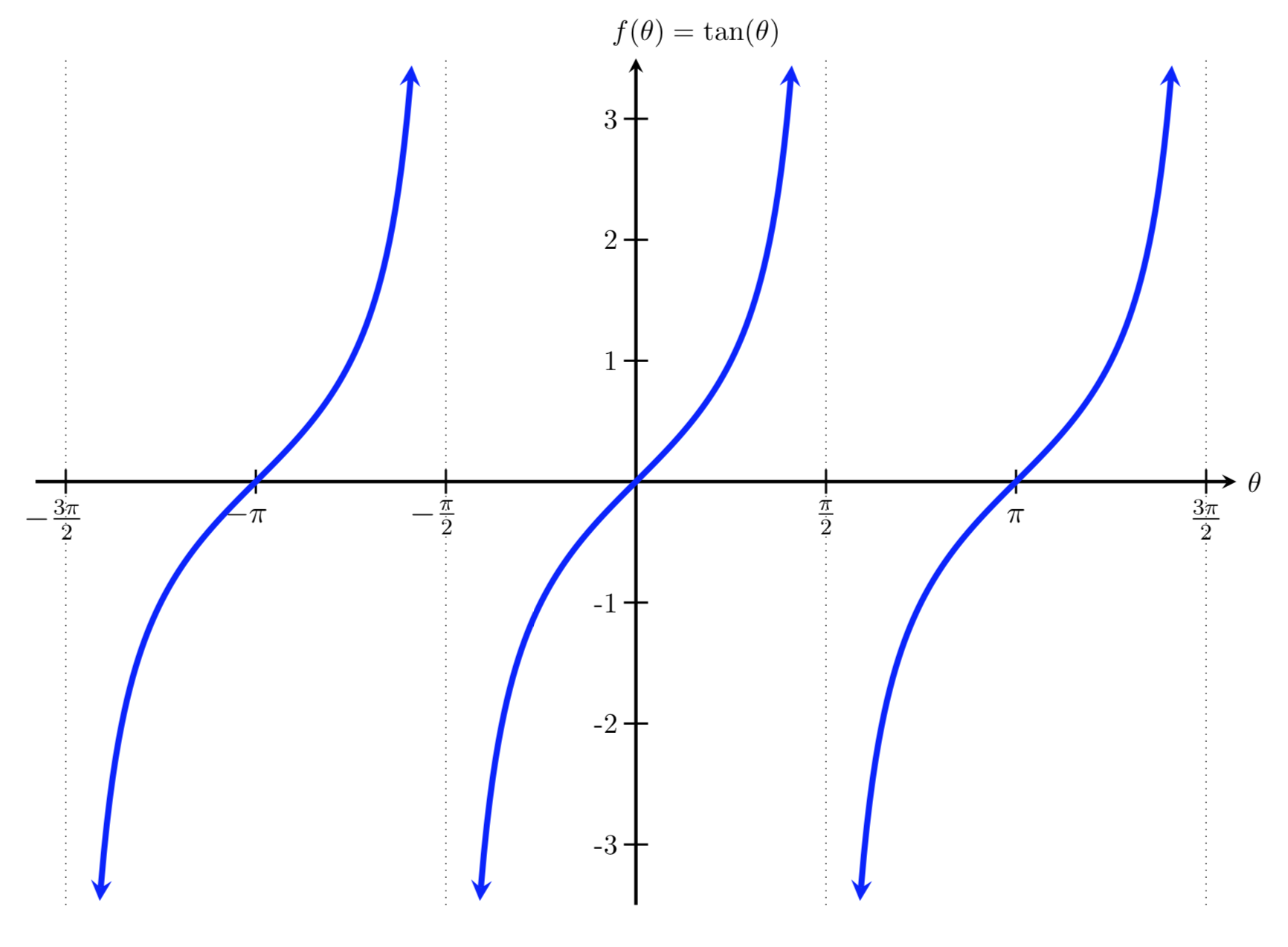



Mfg The Tangent Function And Cofunctions
You can do it in several ways Let theta = t cot A = 1/tan A cot (t pi) = 1/(tan (t pi) = 1/(tan t tan pi)/(1 tan t*tan pi tan pi = sin pi/cos pi = 0/1 = 0 So , Cot (t pi) = 1/tan t = cot t tan1 (tan θ) = θ, π/2 < θ < π/2 30 cosec1 (cosec θ) = θ, – π/2 ≤ θ < 0 or 0 < θ ≤ π/2 31 sec1 (sec θ) = θ, 0 ≤ θ ≤ π/2 or π/2< θ ≤ π 32 cot1 (cot θ) = θ, 0 < θ < π 33 \(\sin ^{1}x \sin ^{1}y=\sin ^{1}(x\sqrt{1y^{2}}y\sqrt{1x^{2}}), if x, y \geq 0 and x^{2}y^{2} \leq 1\) 34Find an answer to your question u= log tan(π/4x/2) prove that, sinh u = tan x parthjadav parthjadav Math Secondary School answered U= log tan(π/4x/2) prove that, sinh u = tan x 1 See answer parthjadav is waiting for your help Add




If Tan Pi Cos Theta Cot Pi Sin Theta Then Cos 2 Theta
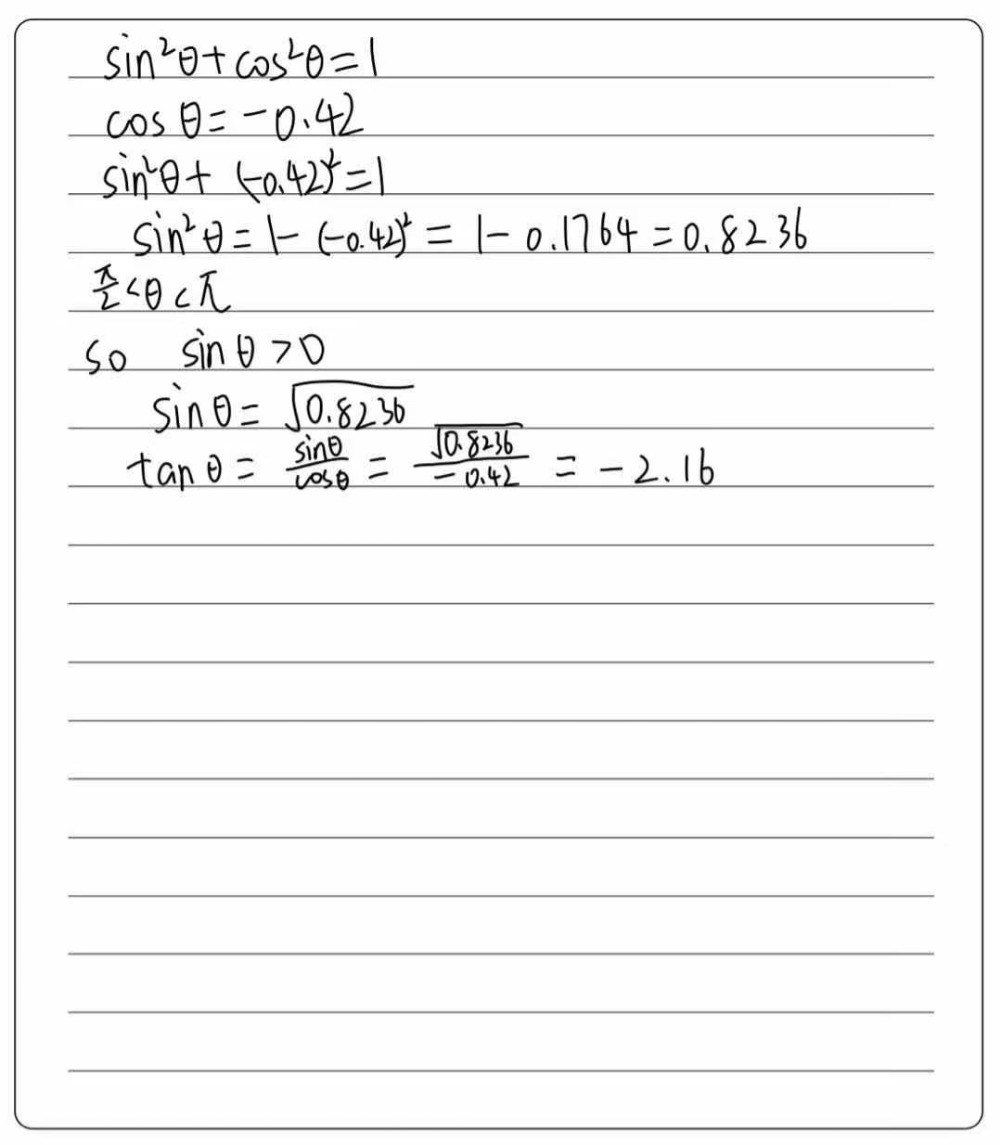



Using The Identity Sin 2 8 Cos 2 8 1 Find Gauthmath
Pythagorean identities Main article Pythagorean trigonometric identity In trigonometry, the basic relationship between the sine and the cosine is given by the Pythagorean identity sin 2 θ cos 2 θ = 1 , {\displaystyle \sin ^ {2}\theta \cos ^ {2}\theta =1,} Cos (2 π θ)cosec(2πθ)tan(π/2θ) = 1sec(π/2θ) cosθ cot(πθ) Share with your friends Share 0We know that cot θ = tan (π/2 – θ) ∴ If tan x = tan y, then x is given by x = nπ y, where n ∈ Z From above expression, on comparison with standard equation we have y = ∴ ⇒ ⇒ ,where nϵZ ans Question 26 Find the general solutions of the following equations tan 2x tan x = 1 Answer Ideas required to solve the problem
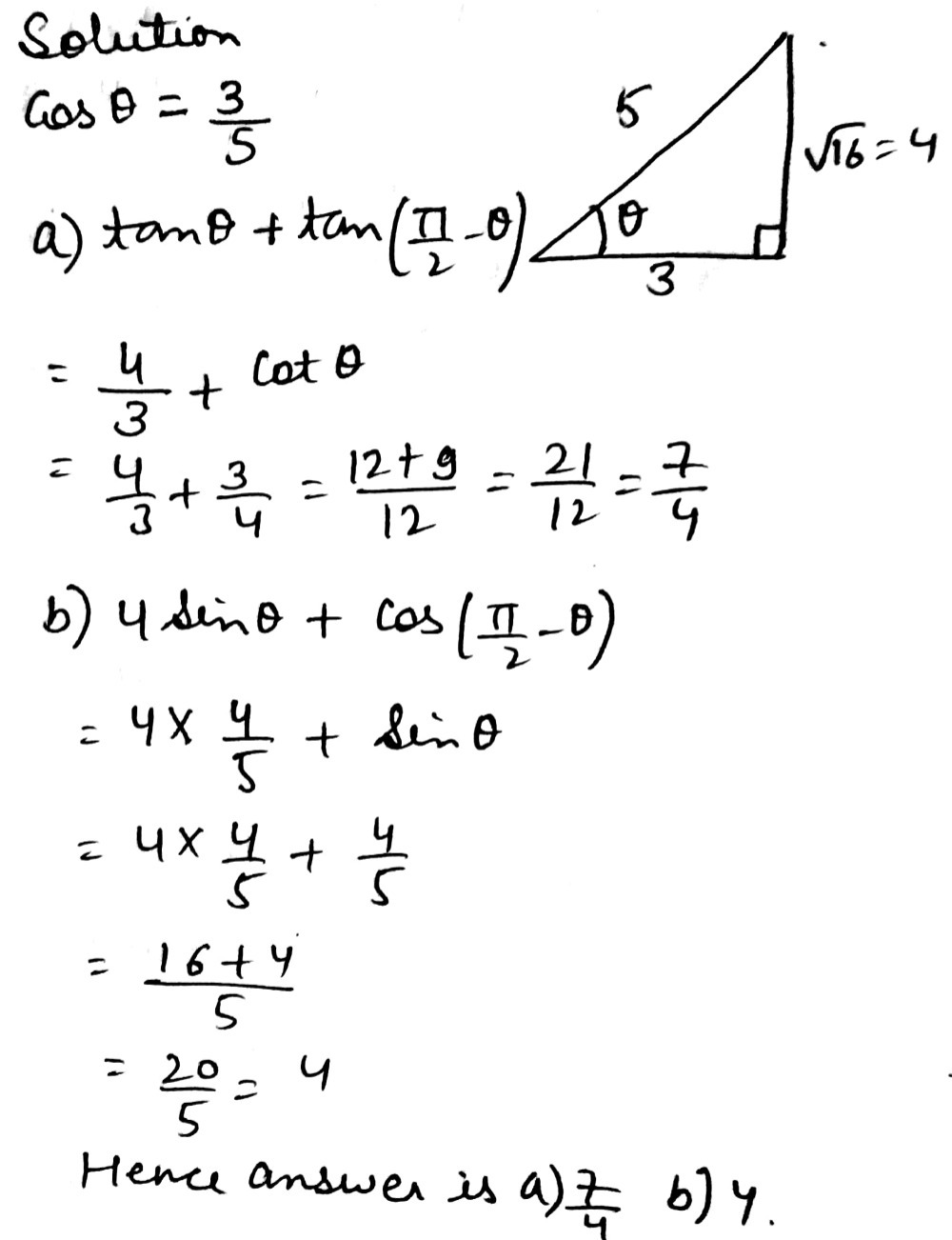



2 Given That Cos 8 3 5 Find That 8 Is Gauthmath




Suppose The Angle Theta Is In The Fourth Quadrant 3 Chegg Com
= t a n (4 π 2 θ ) c o t (4 π 2 θ ) 2 × (t a n (4 π 2 θ ) c o t (4 π 2 θ ) ) t a n (4 π 2 θ ) − c o t (4 π 2 θ ) multiply denominator and numerator by t a n ( 4 π 2 θ ) c o t ( 4 π 2 θ ) Expand the left side using the trigonometric identities ¯¯¯¯¯¯¯¯¯¯¯¯¯¯¯¯¯¯¯¯¯¯¯¯¯¯¯¯¯¯¯¯¯¯¯¯¯¯¯¯¯¯¯∣∣ ∣ 2 2tan( π 2 − θ) = cotθ2 2∣∣ ∣ −−−−−−−−−−−−−−−−−−−−−− and ¯¯¯¯¯¯¯¯¯¯¯¯¯¯¯¯¯¯¯¯¯¯¯¯¯¯¯¯¯¯¯¯¯¯¯¯¯¯¯¯¯¯¯¯¯¯¯¯¯¯¯¯¯¯¯¯∣∣ ∣ 2 2cotθ = cosθ sinθ,tanθ = sinθ cosθ 2 2 ∣∣ ∣ −−−−−−−−−−−
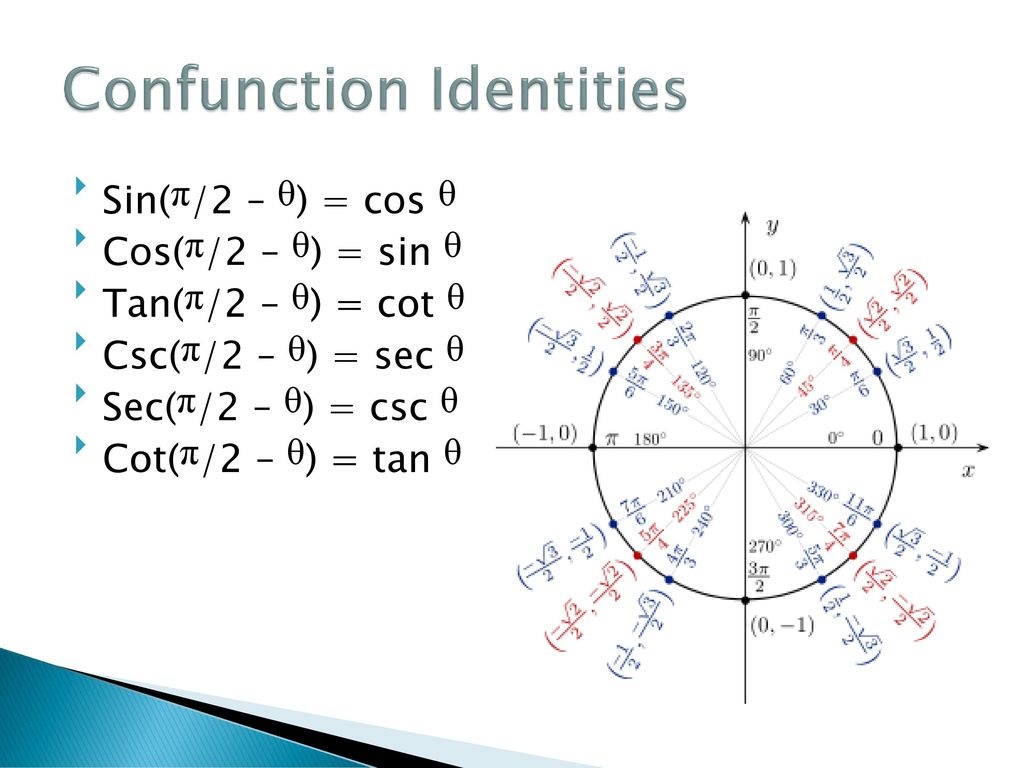



Chapter 5 Analytic Trigonometry 5 1 Fundamental Identities Ppt Download




These Two Methods Of Solving The Tan 2 Theta Frac Pi 4 Which One Is Correct Mathematics Stack Exchange
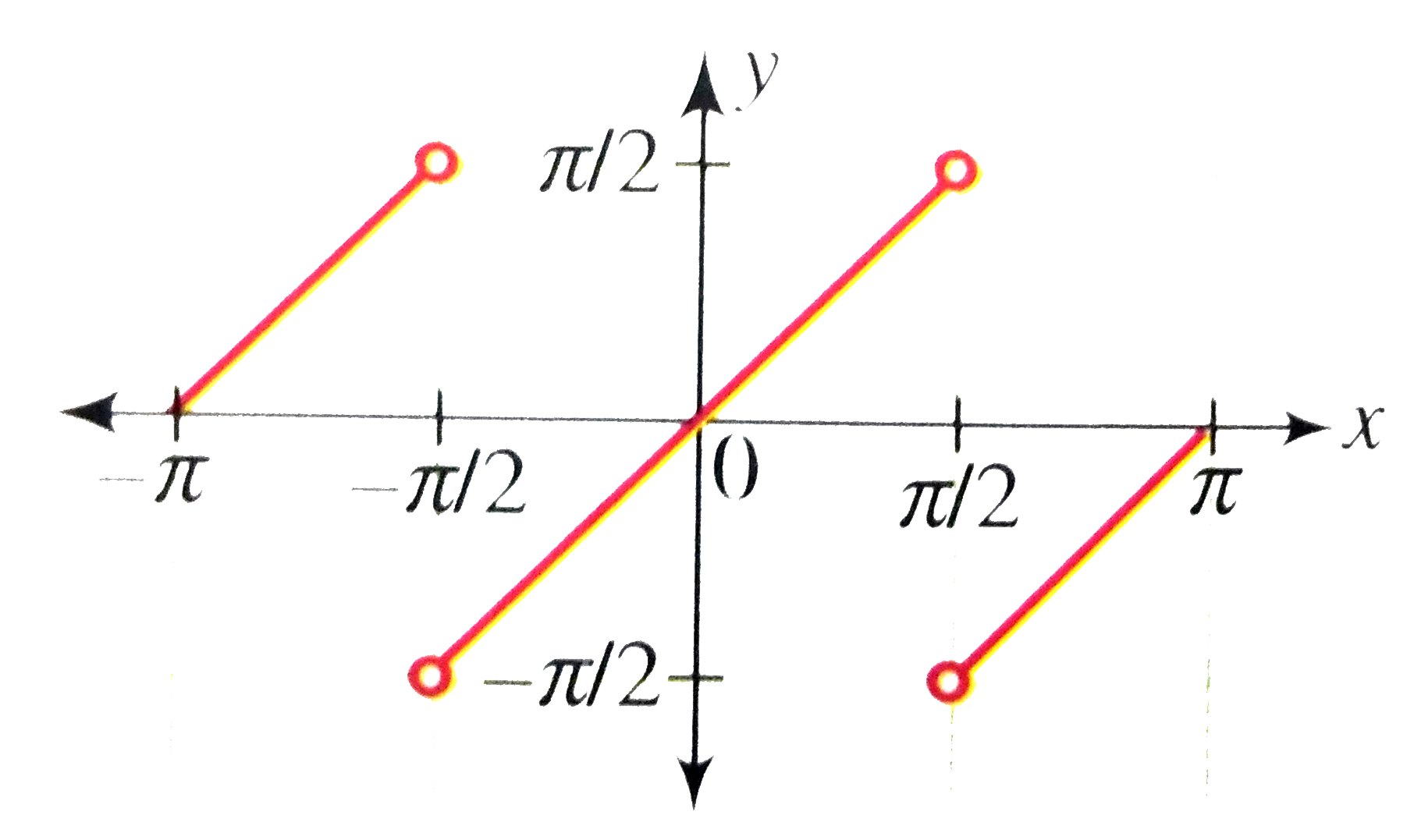



Draw The Graph Of Y Tan 1 2x 1 X 2




If Tan Pi Cos Theta Cot Pi Sin Theta Then Prove Cos Theta Pi 4 1 2 Sqrt2 Youtube
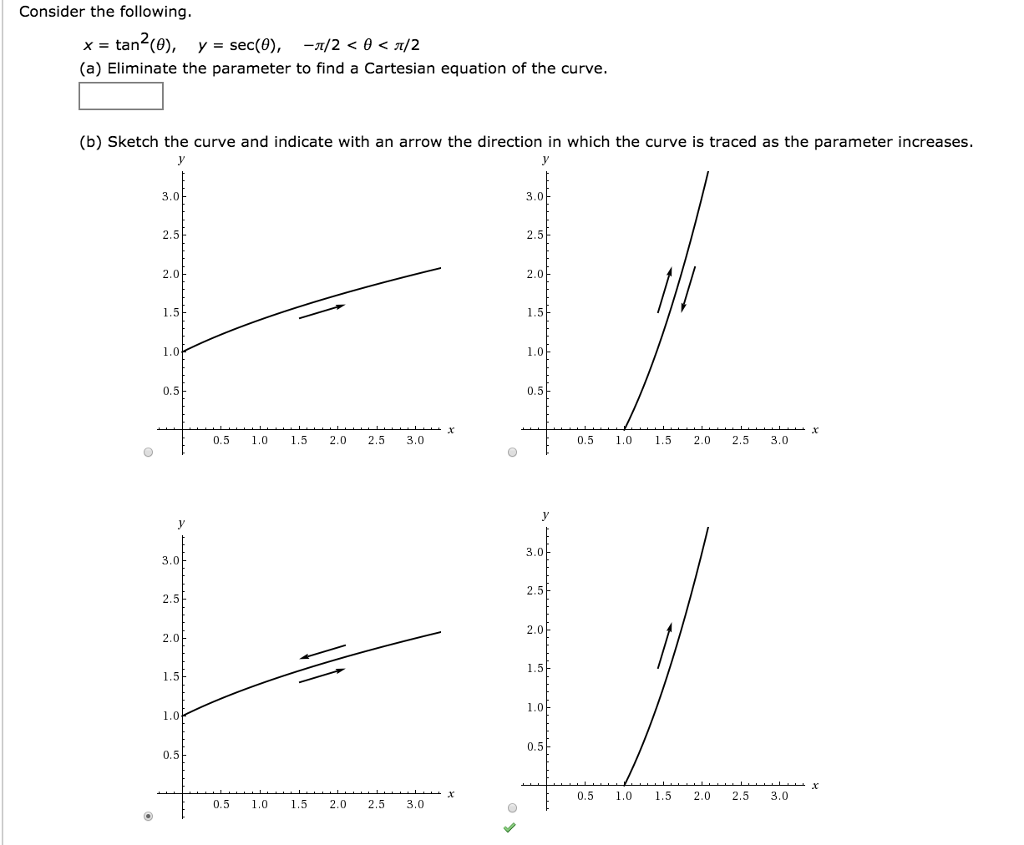



Consider The Following X Tan 8 Y Sec 8 P 2 Chegg Com
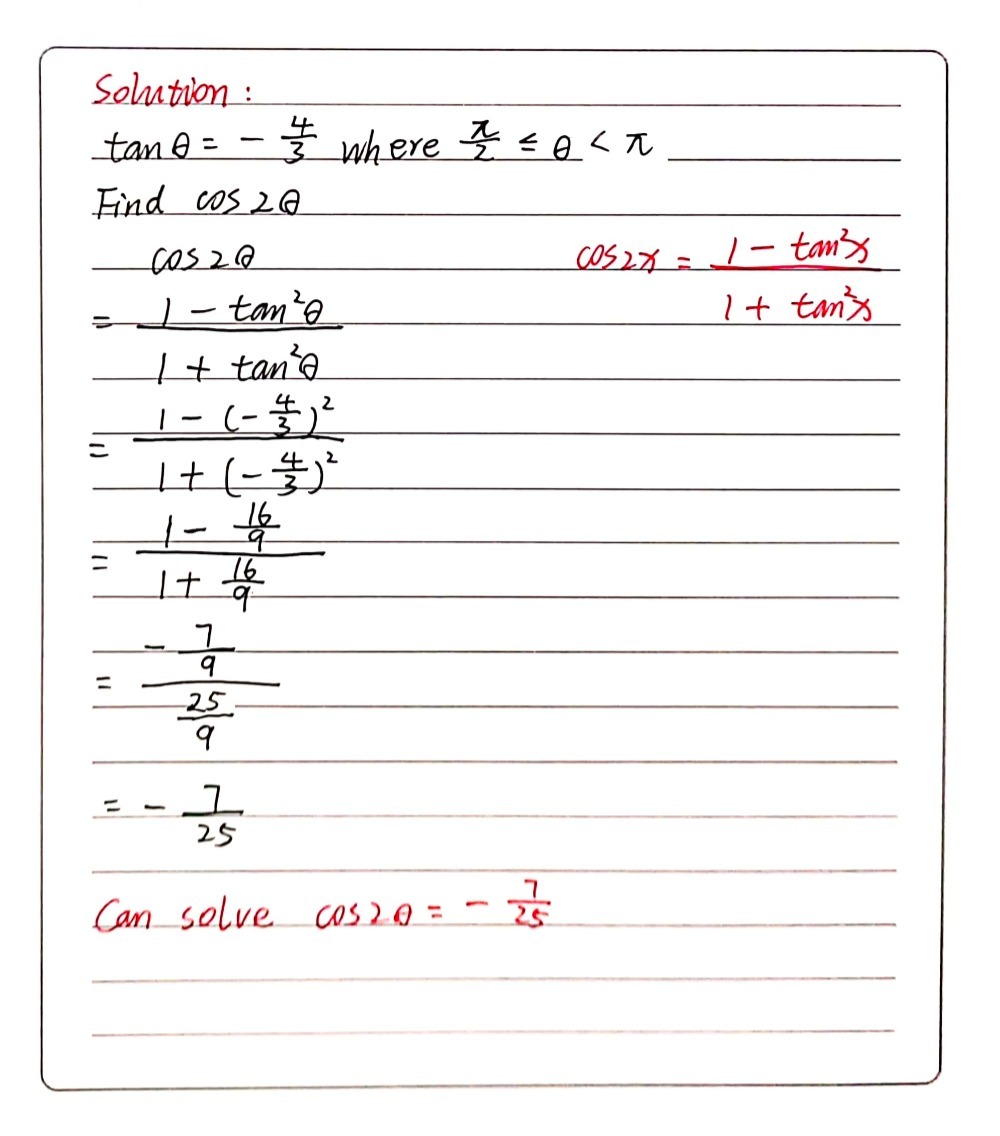



Tan 8 4 3 Where Th Frac P 2 Q 8 Gauthmath



Http Mrsk Ca 12u Practicec1doubleid Pdf
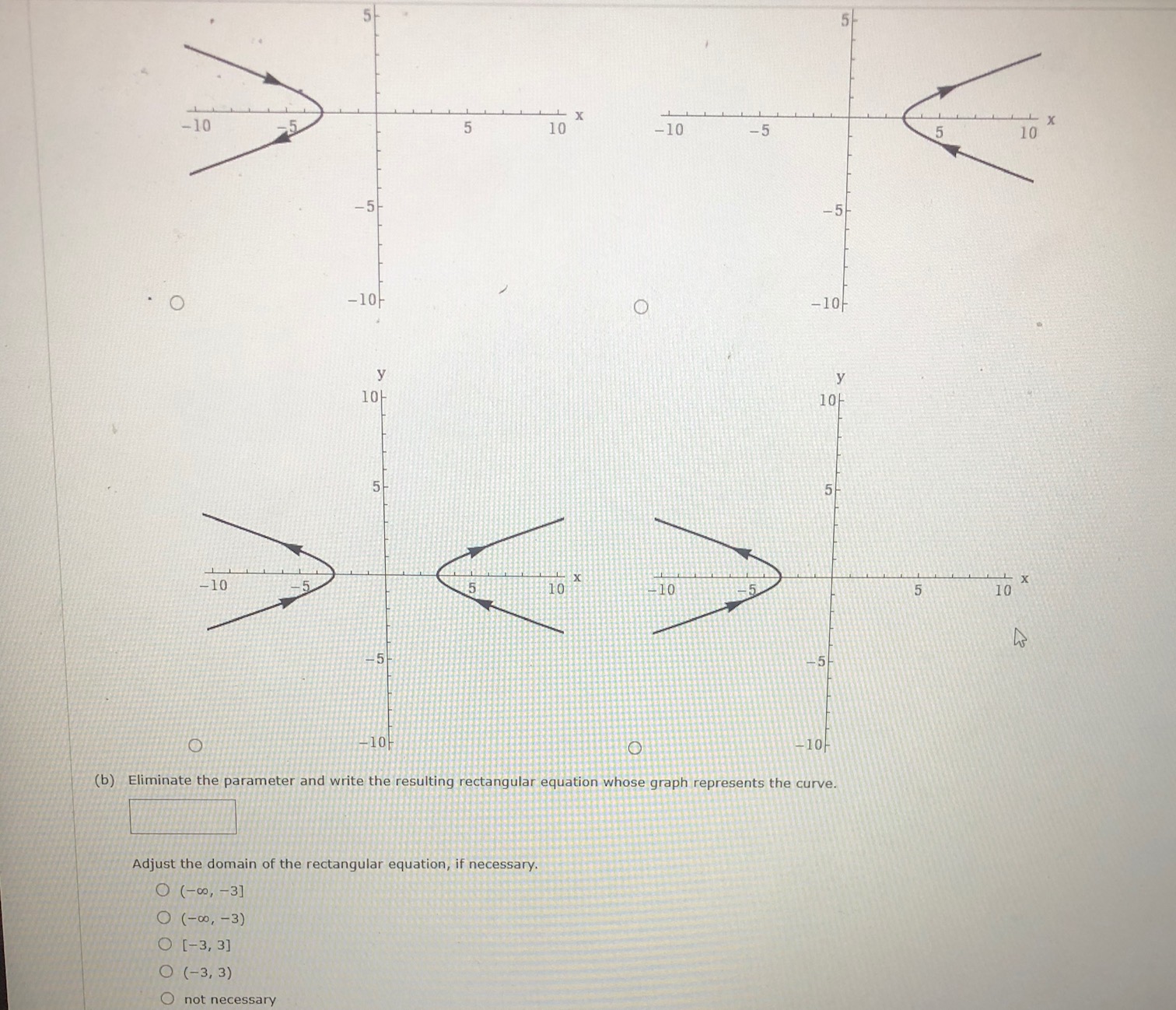



Answered Consider The Following X 3 Sec 8 Bartleby



1
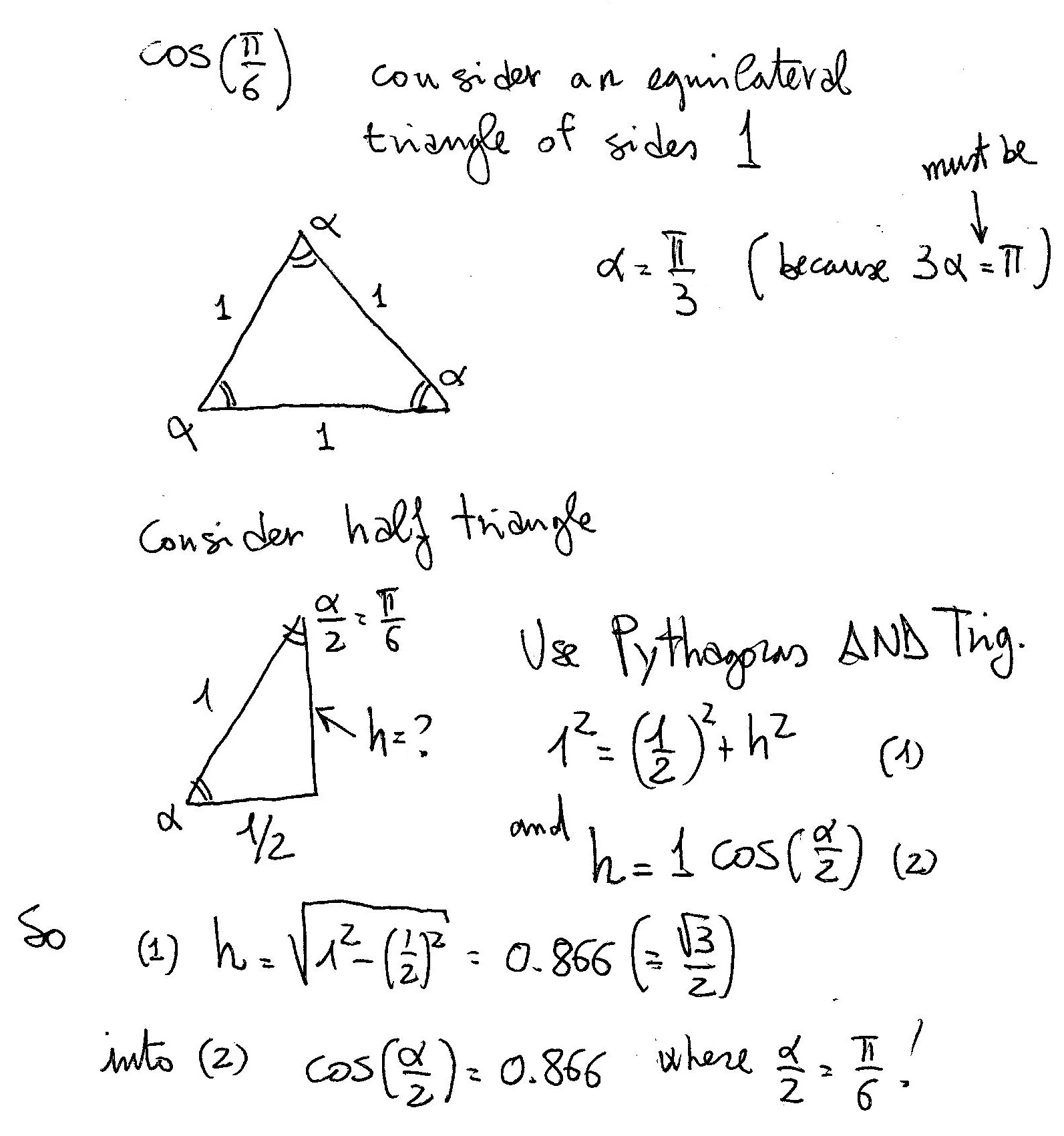



How Do You Find The Exact Value Of Cos Pi 6 Socratic




Cos 2 Theta 1 Sin 2 Theta Tan Pi 4 Theta Brainly In
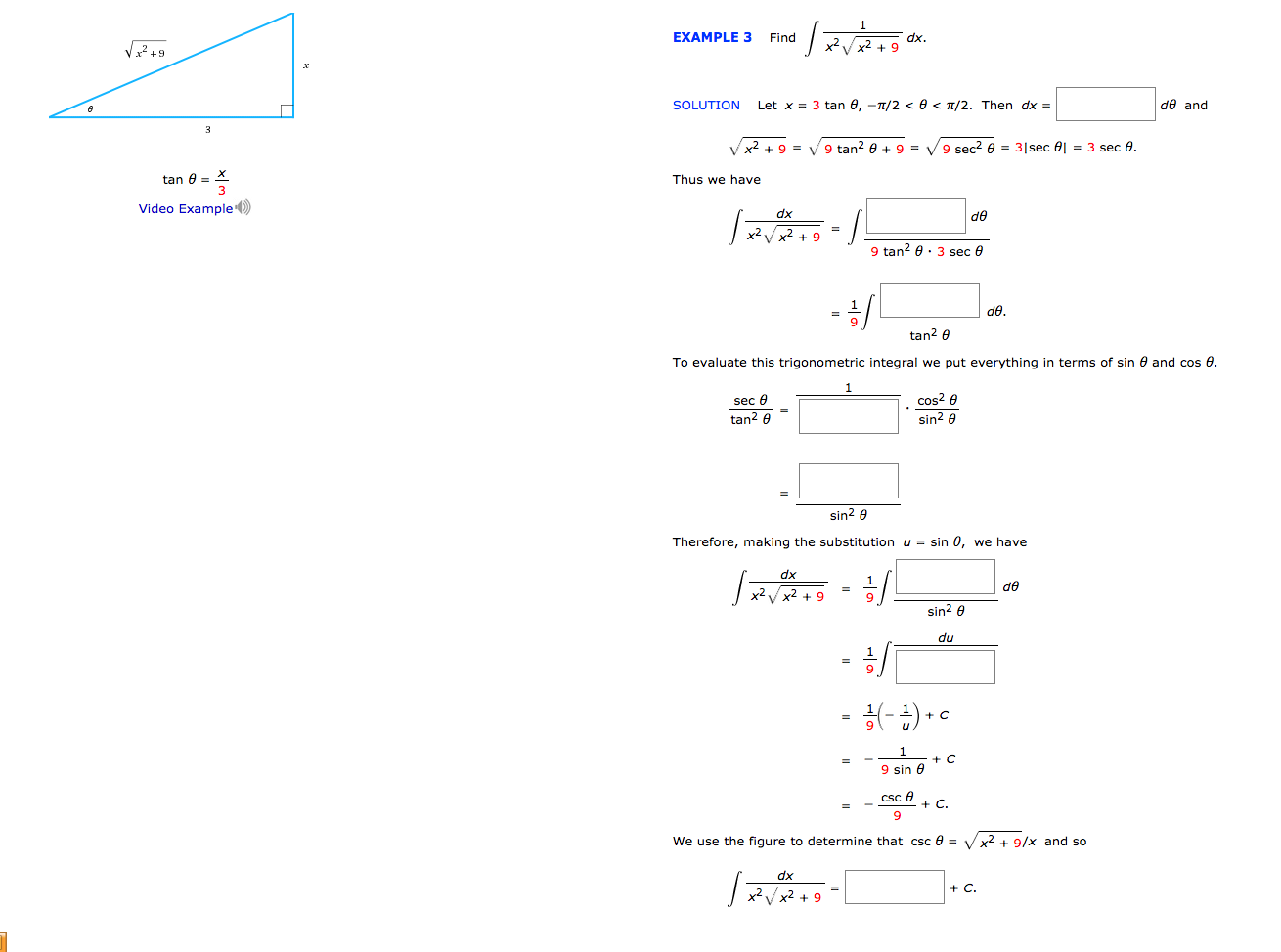



Find Integral 1 X 2squareroot X 2 9 Dx Let X 3 Chegg Com



18 Find The Cartesian Equation Of The Curve From The Parametric Equations X Tan 2 Theta And Y Sec Theta Where Pi 2 Theta Pi 2 Then Sketch It Width Indication Of




If Pi 2 Lt Theta Lt 3pi 2 Then Sqrt Tan 2 Theta Sin 2 Theta Is Equal To Youtube




Find The Exact Values Of Sin 28 Cos 28 And Tan 28 Given The Following Sin 8 12 13 Where 8 Is In Quadrant Iv Wyzant Ask An Expert




Verify Tan X Pi 2 Cot X Youtube




In Example 1 I Don T Understand How We Got Tan Pi 4 Pi 2 Theta 2 Same Goes For Example 2 Maths Meritnation Com




Sci Pi Prove That Tan P 4 8 Tan P 4 8 2 Sec28 Facebook




If Cos Theta 5 13 Theta In Quadrant Ii How Do You Find Sin Theta And Tan Theta Socratic




Sinx 1 4 X In Quadrant Ii Find The Value Of Sinx 2
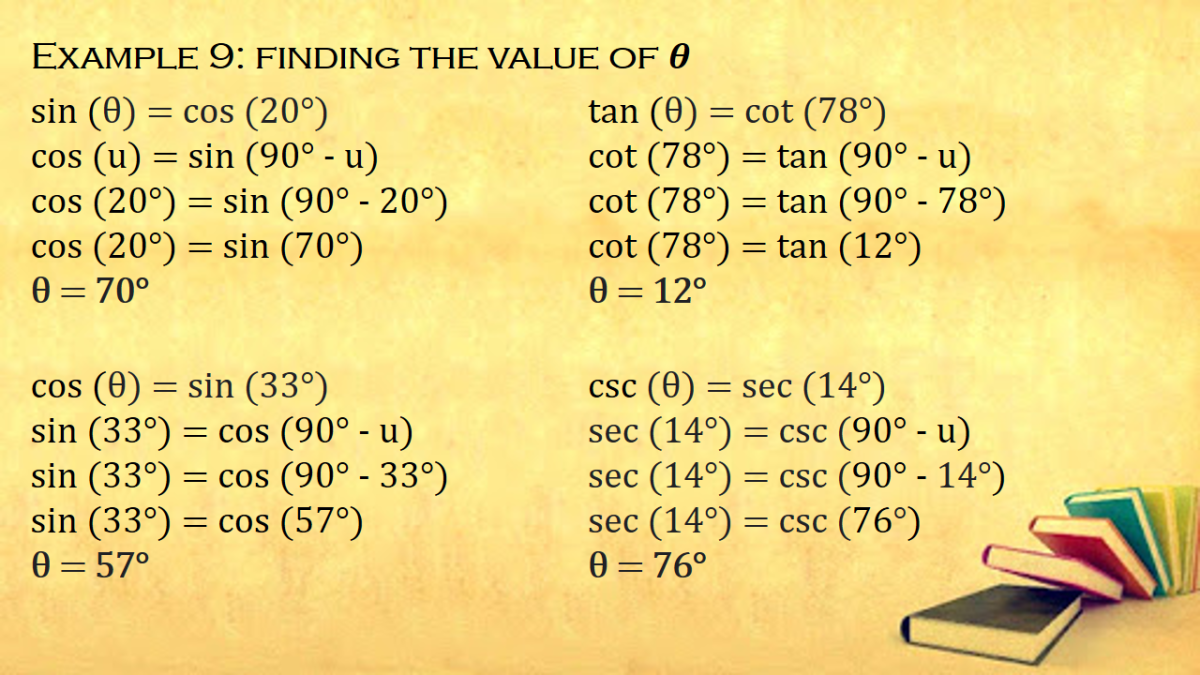



Cofunction Identities In Trigonometry With Proof And Examples Owlcation




Tan P 2 X Cot X 101 Guide For Dummies Youtube
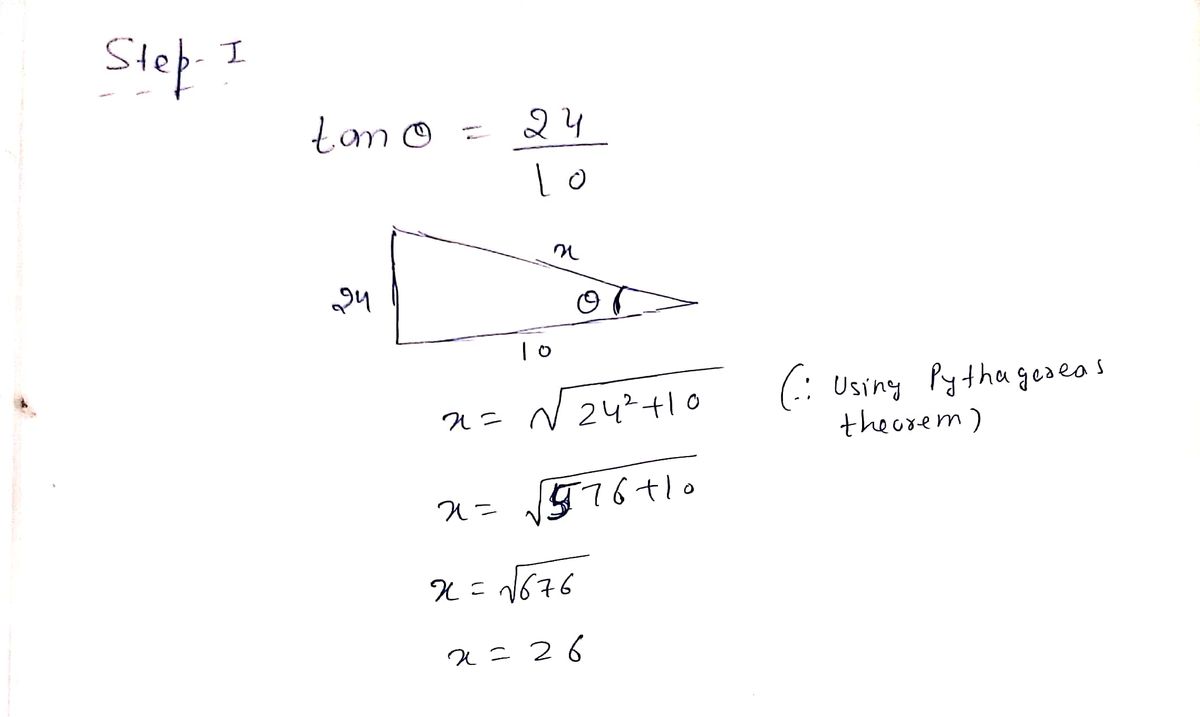



Answered If Tan 8 24 10 0 8 P 2 Bartleby




If Tan Theta Cot Theta 2 Find The Value Of Tan 2 Theta Cot 2 Theta




Cofunction Identities In Trigonometry With Proof And Examples Owlcation




Lim Theta Tends To P 2 Sec Theta Tan Theta Brainly In
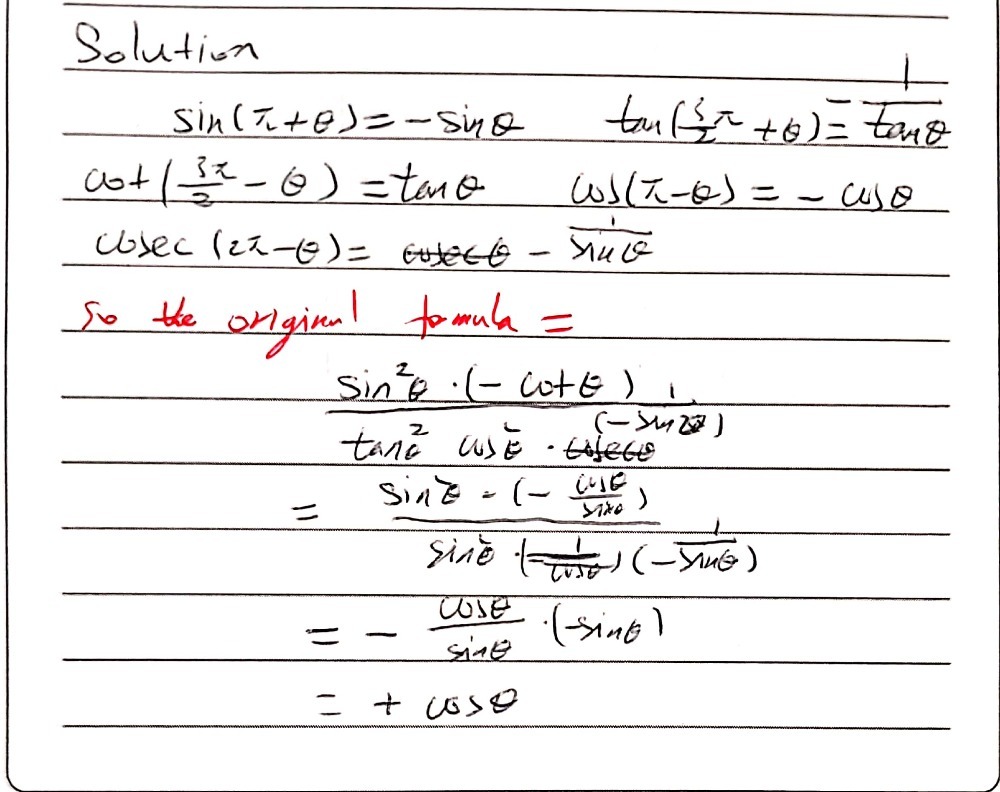



4 Prove That 1 2 I Frac Sin 2 P Omega Gauthmath
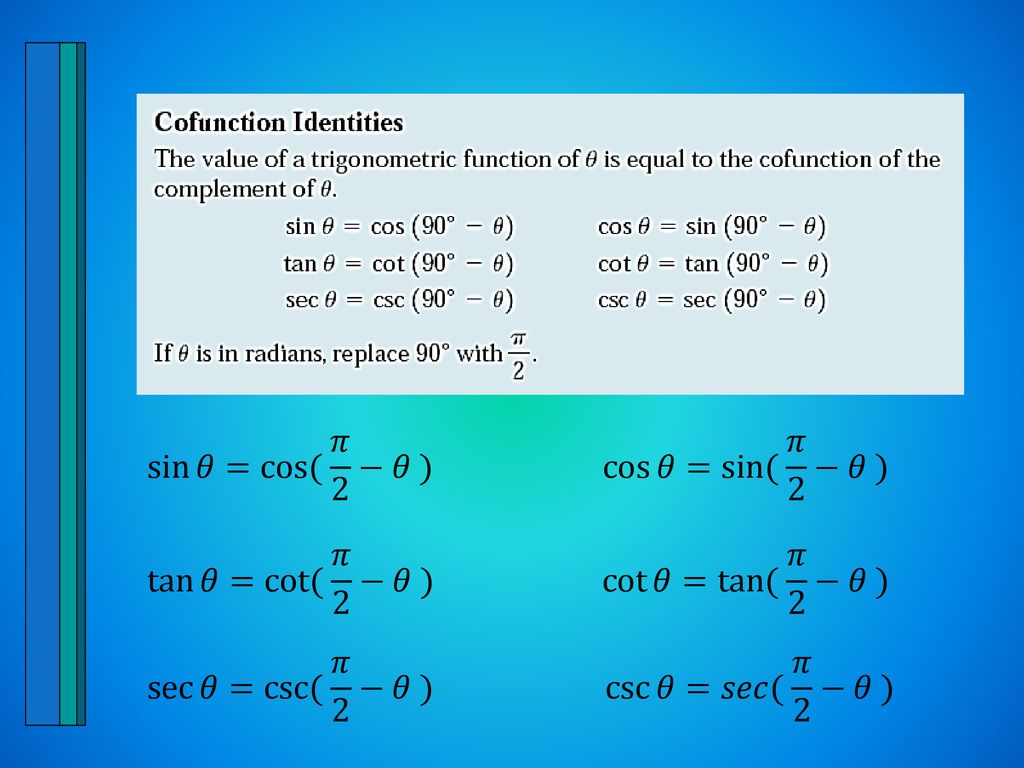



Right Triangle Trigonometry Ppt Download




Ex 3 3 7 Prove Tan Pi 4 X Tan Pi 4 X 1 Tan X 2




The Expression Tan X Pi 2 Cos 3pi 2 X Sin 3 7pi 2 X Cos X Pi 2 Tan 3pi 2 X Simplifies To A Brainly In




If Tan Pi 4 Theta 1 2 Find The Value Of Sin 2 Theta




List Of Trigonometric Identities Wikipedia




Ex 2 2 17 Find Tan 1 Tan 3pi 4 Chapter 2 Class 12 Inverse




Ex 2 1 11 Find Value Tan 1 1 Cos 1 1 2 Sin 1 1 2



Case Fiu Edu Mathstat Resources Math Help Math Help Trigonometry Assets 5 2 Pdf




F Theta 0 1 Cos Theta Sin Theta 0 2 Cos 2 Chegg Com




Prove That Sin Pi X Cos Pi2 X Tan 3pi2 X Cot 2pi X Sin 2pi X Cos 2pi X X Sin 3pi2 X N Pi Pi 4 Where N N
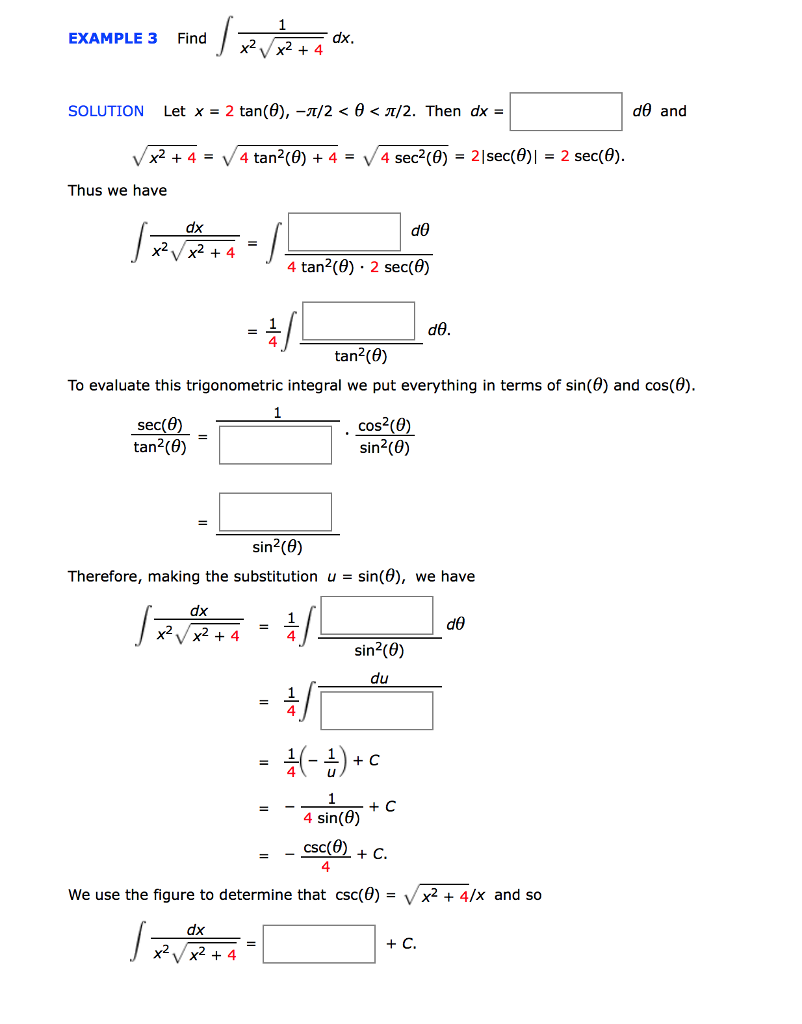



Example 3 Find Dx Solution Let X 2 Tan 8 Z 2 Chegg Com
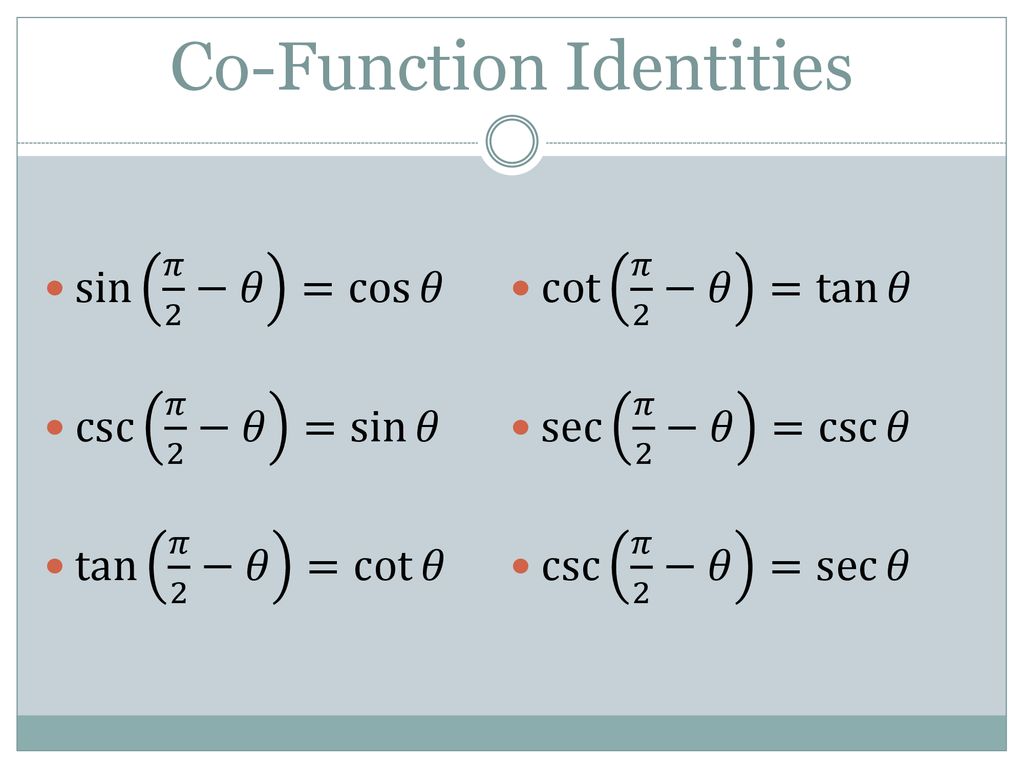



Trigonometric Identities Ppt Download




21 Differentiation And Integration Of Trigonometry Function 9709
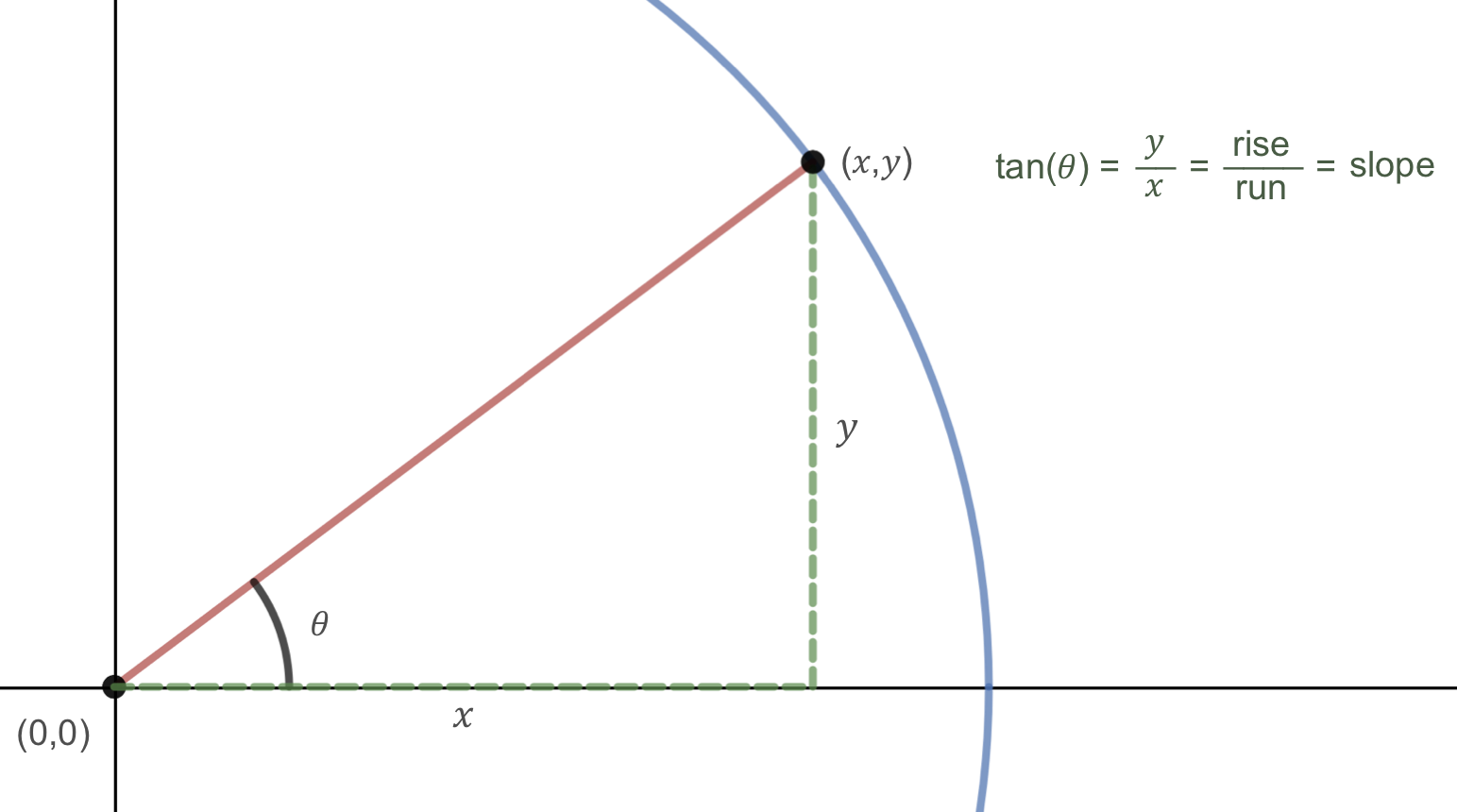



Mfg The Tangent Function And Cofunctions




Prove That Tan Pi 4 Theta Tan Pi 4 Theta 2sec2theta



Http Mrsk Ca 12u Practicec1doubleid Pdf




If Tan Pi 2 Theta 2 Sqrt 3 The Value Of Cos Theta Is Youtube



Http Www Mrsfruge Com Uploads 1 2 0 0 Precalculus Chapter 5 Packet Answers Pdf
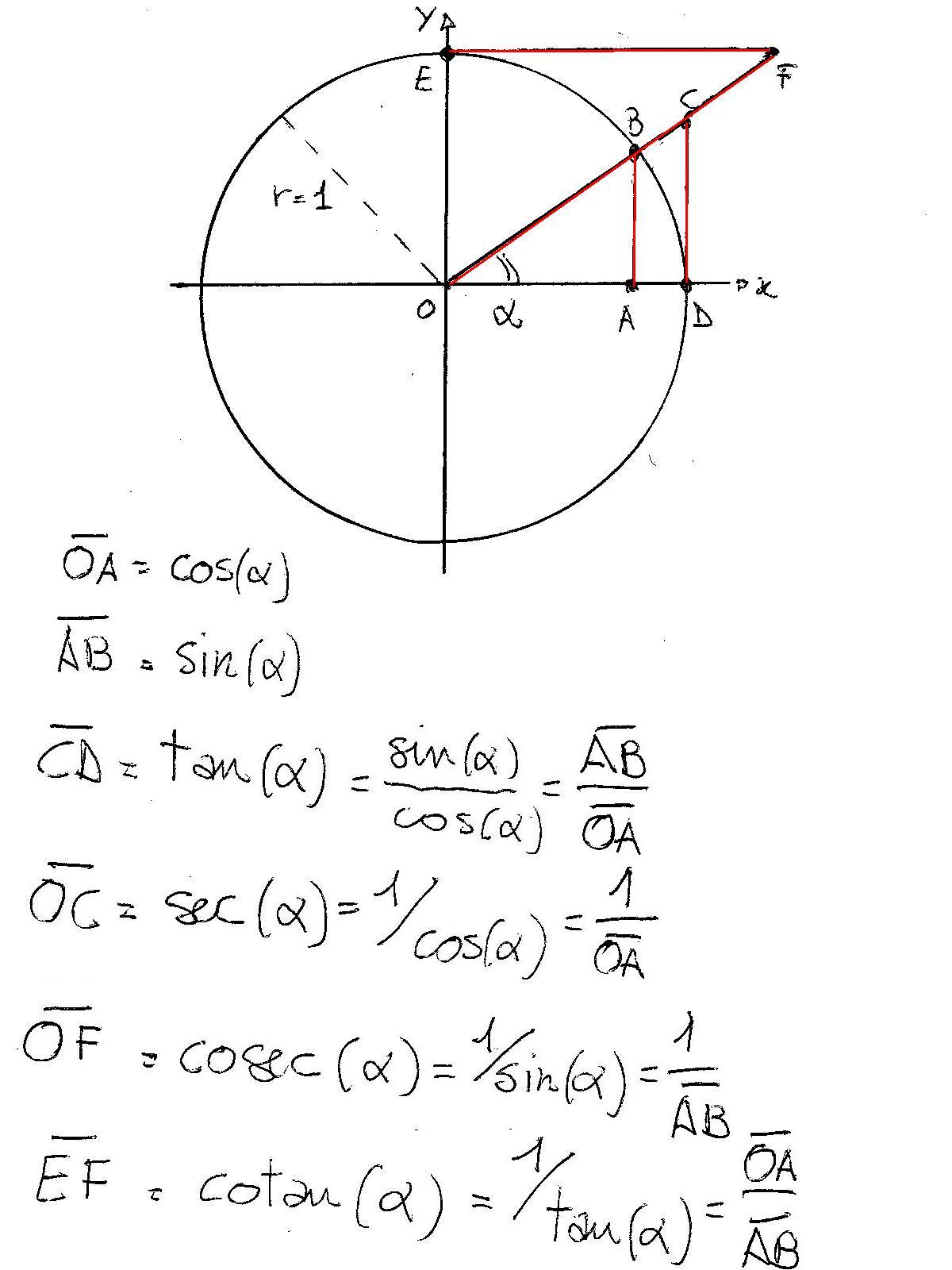



Basic Trigonometric Functions Trigonometry Socratic




If U Log Tan Pi 4 Teta 2 Then Value Of Is Brainly In




Co Functions Solutions Examples Videos




If X Ln Biggl Tan Bigl Frac Pi 4 Frac Theta 2 Bigr Biggr Then Find Theta Mathematics Stack Exchange




If The Line Y Mx Is Incident To The Point P Theta And Frac Pi 2 Theta Pi Find Sin Theta And Tan Theta Mathematics Stack Exchange
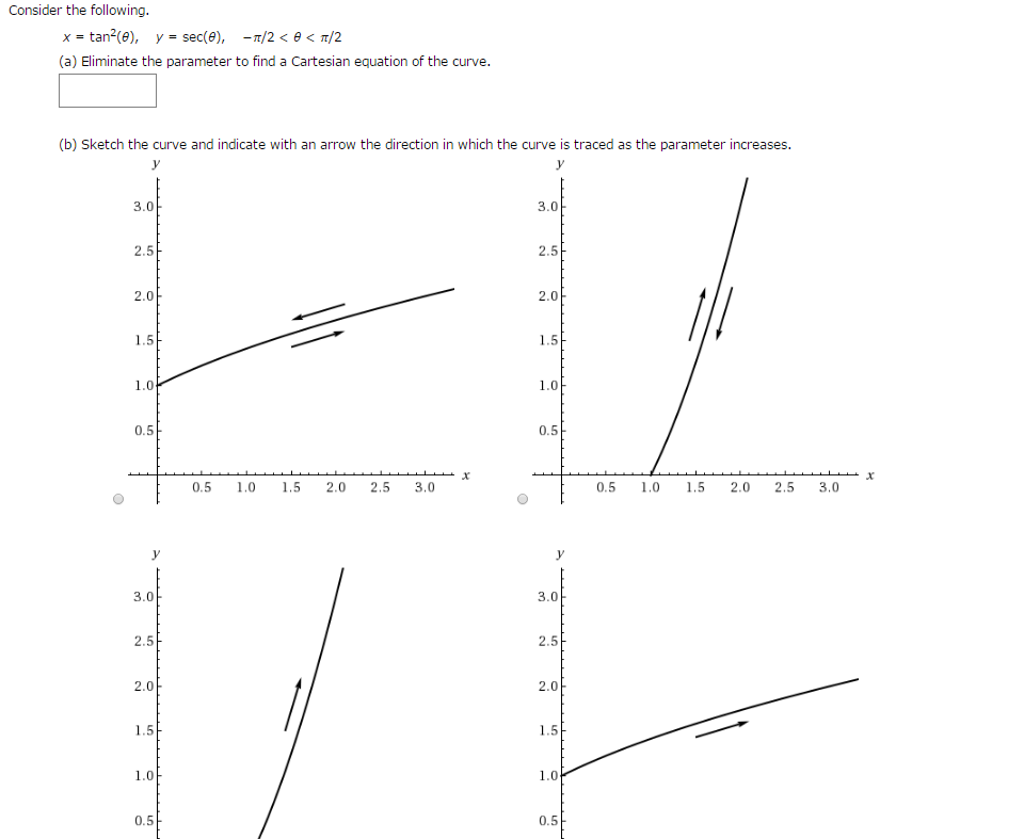



Consider The Following X Tan 2 Theta Y Chegg Com



1



Conf Math Illinois Edu Castelln M117 Lecture10 Math117 Pdf




Grade 12 Math Graphs Of Sinusoidal Functions
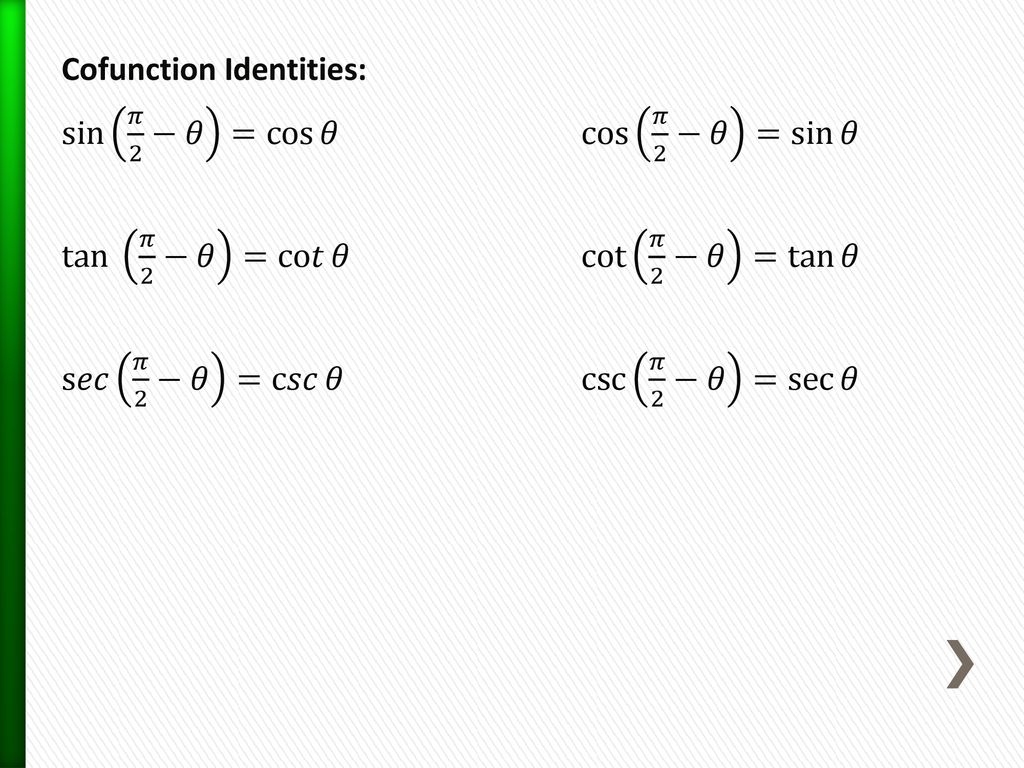



Section 2 1 Using Fundamental Identities Ppt Download




Lf U Log Tan Pi 4 Theta 2 Then Tanh U 2
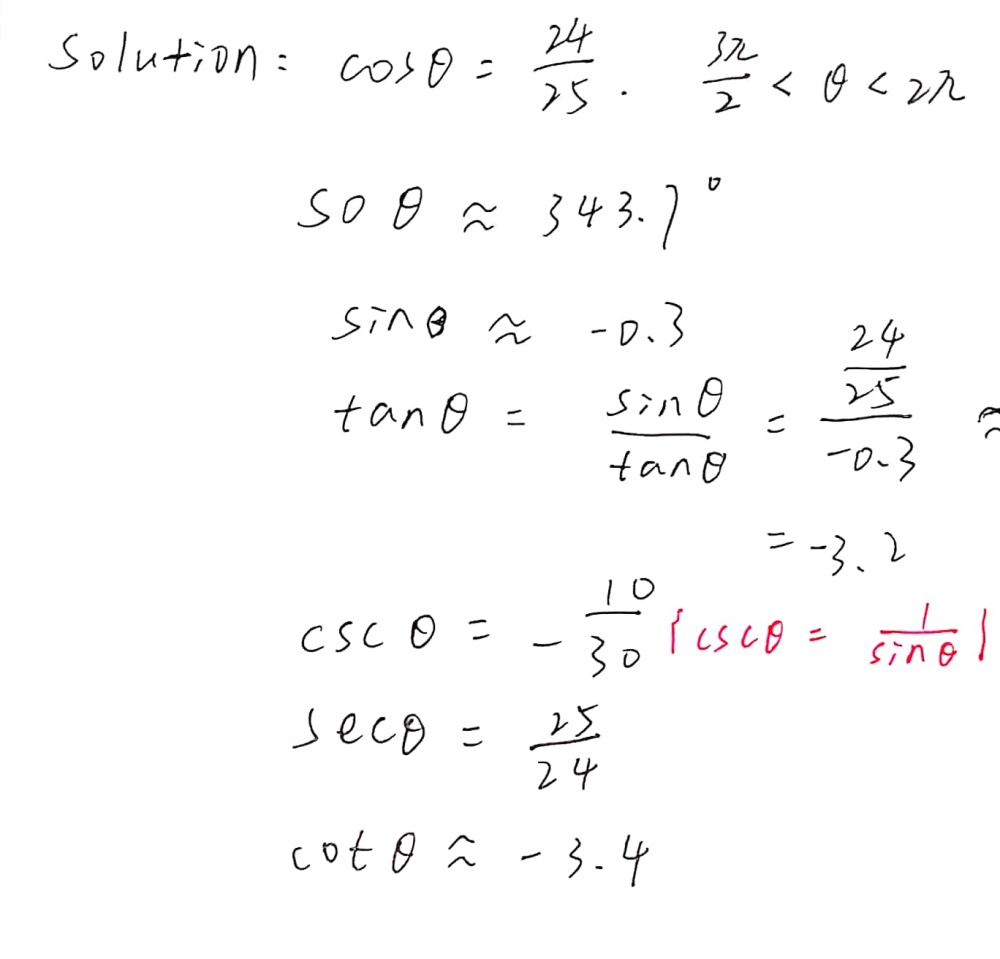



Given That Cos 8 24 25 And Frac 3 P 2 8 Gauthmath




Tan Pi 4 Theta Tan Pi 4 Theta 2tan2theta Youtube




Cos Pi 2




Trigonometric Functions Of Allied Angles Sin Pi Theta Sin Theta Cos Pi Theta Cos Theta Tan Pi Theta Tan Theta Sin 2 Pi Theta Sin Theta Cos 2 Pi Theta Cos Theta Tan 2 Pi Theta Tan Theta Sin Left Frac 3




Prove That Sec Theta Tan Theta Tan Pi 4 Theta 2 Youtube



Solved If U Log Tan Pi 4 Theta 2 Course Hero
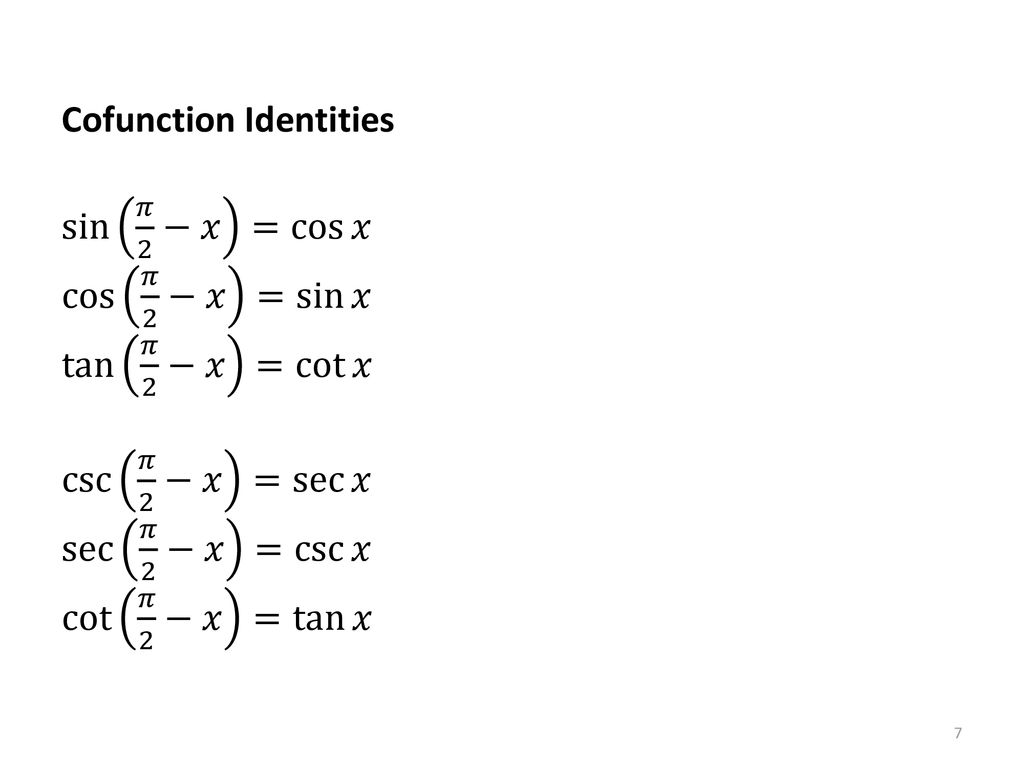



Packet 21 Trigonometric Identities Ppt Download




Tan Theta Tan Theta Pi 3 Tan Theta Pi 3 Ktan3theta Find K Askiitians




Tan 180 X Tan Pi X Tan 180 A Tan Pi A Tan 180 Theta Tan Pi Theta Youtube



3




Tan Pi 2 X Tan Pi 2 Theta Youtube
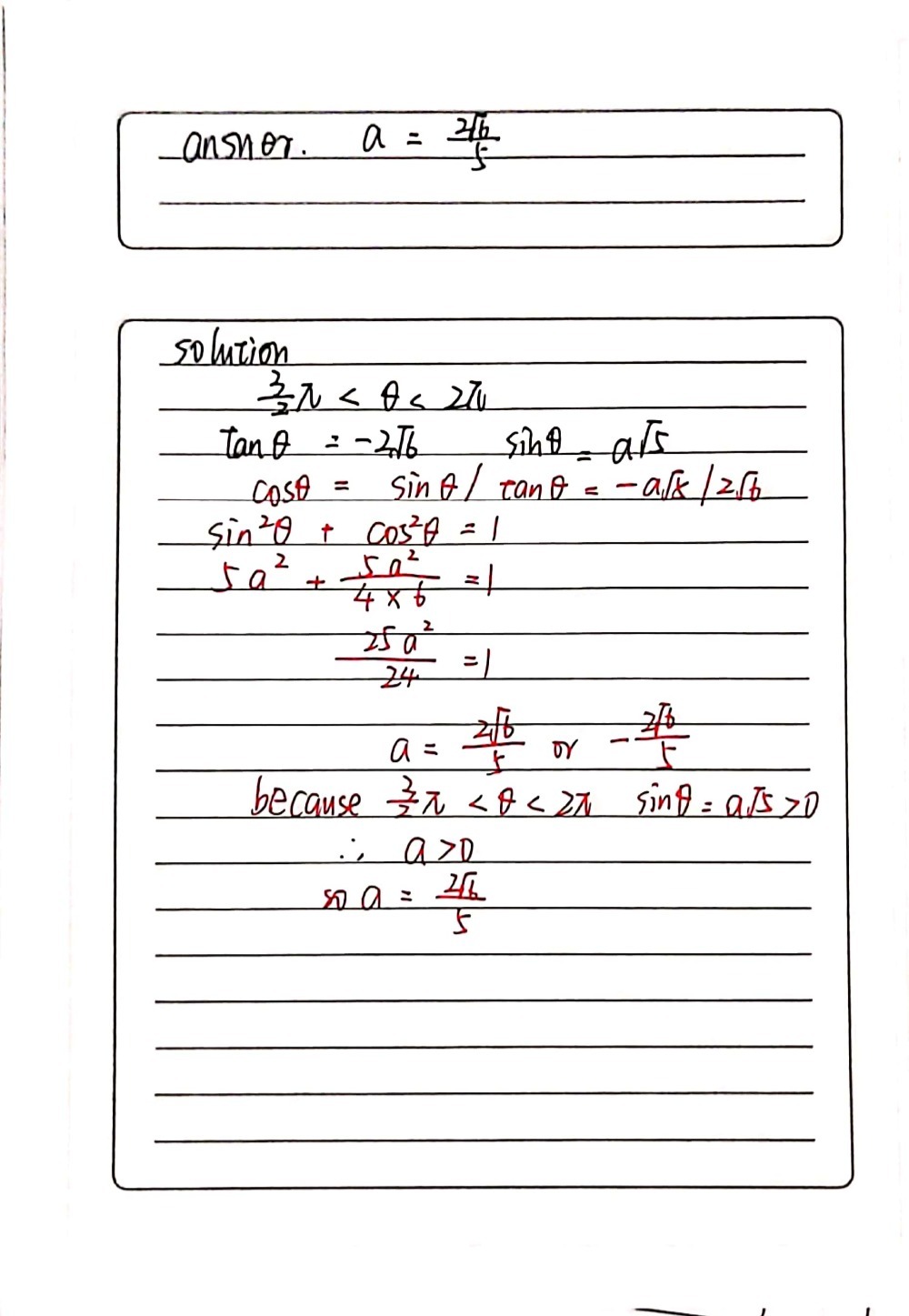



Suppose 3 P 2 8 2 P Tan 8 2 Square Gauthmath




Explicit Function Which Is Tan X Pi 2 X Pi 2 Rotated By For Example 45 Degrees Anticlockwise About Origin Mathematics Stack Exchange




Calculate The Value Of Tan Pi 2 Pi 6 Brainly In
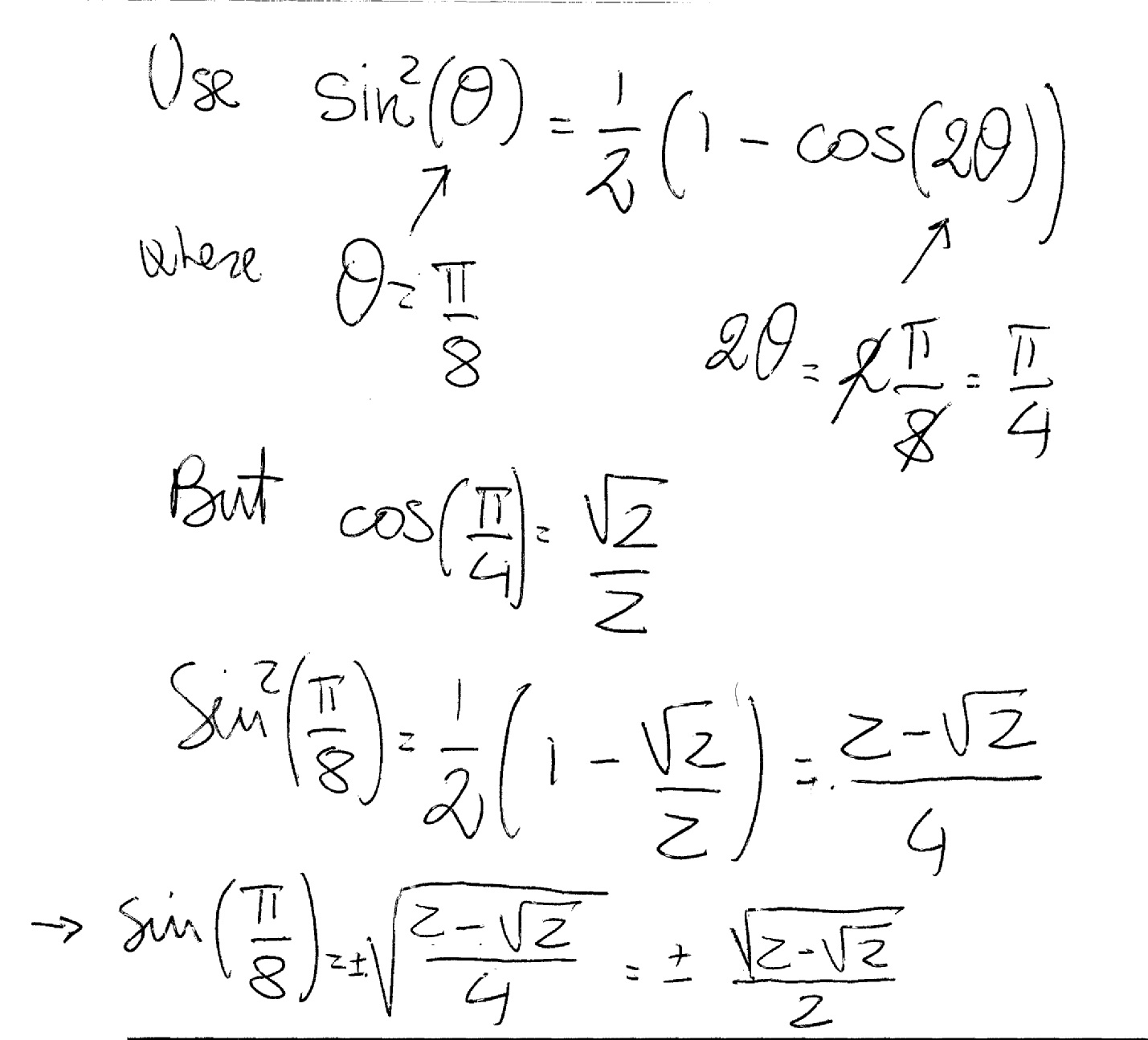



How Do You Use The Half Angle Formula To Simplify Sin 2 Pi 8 Socratic



18 Find The Cartesian Equation Of The Curve From The Parametric Equations X Tan 2 Theta And Y Sec Theta Where Pi 2 Theta Pi 2 Then Sketch It Width Indication Of




If U Logtan Pi4 Theta2 Then Tanh U2



Www Shsu Edu Kws006 Precalculus 4 2 Two Triangles Six Functions Files S 26z 10 3 Pdf




Tan Pi 4 Theta Tan Pi 4 Theta 2sec2theta 1 2si2o1 Tan 0 Tan 4 0 2 Sec Youtube




Example 22 Solve Tan 2x Cot X Pi 3 Teachoo Examples



Solved If U Log Tan Pi 4 Theta 2 Course Hero




Prove That Costheta 1 Sintheta Tan Pi 4 Theta 2
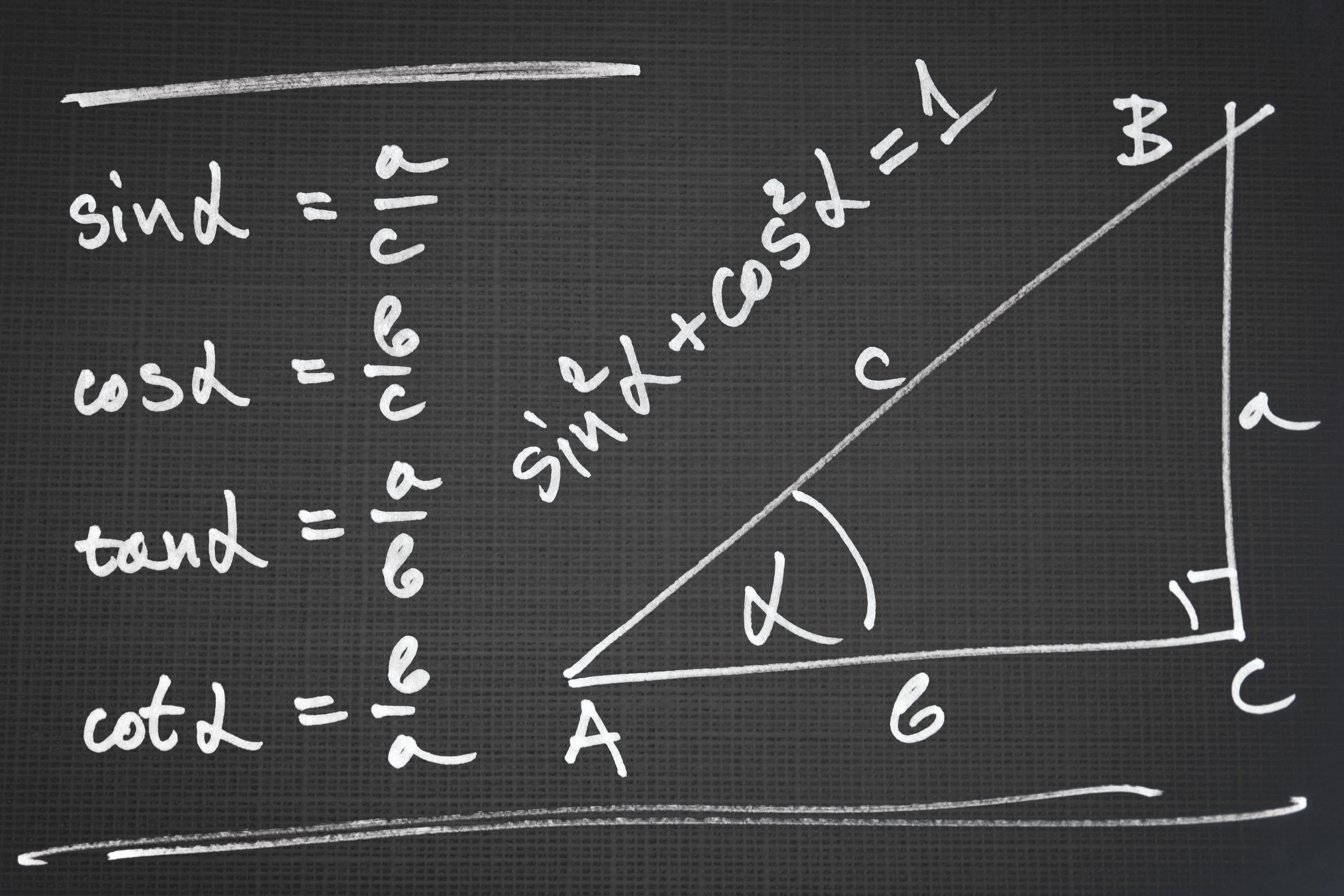



How To Calculate A Cofunction



1




If Tan Theta 3 4 And Theta Is Not In First Quadrant Then Sin Pi 2 Theta Cot Pi Theta Youtube
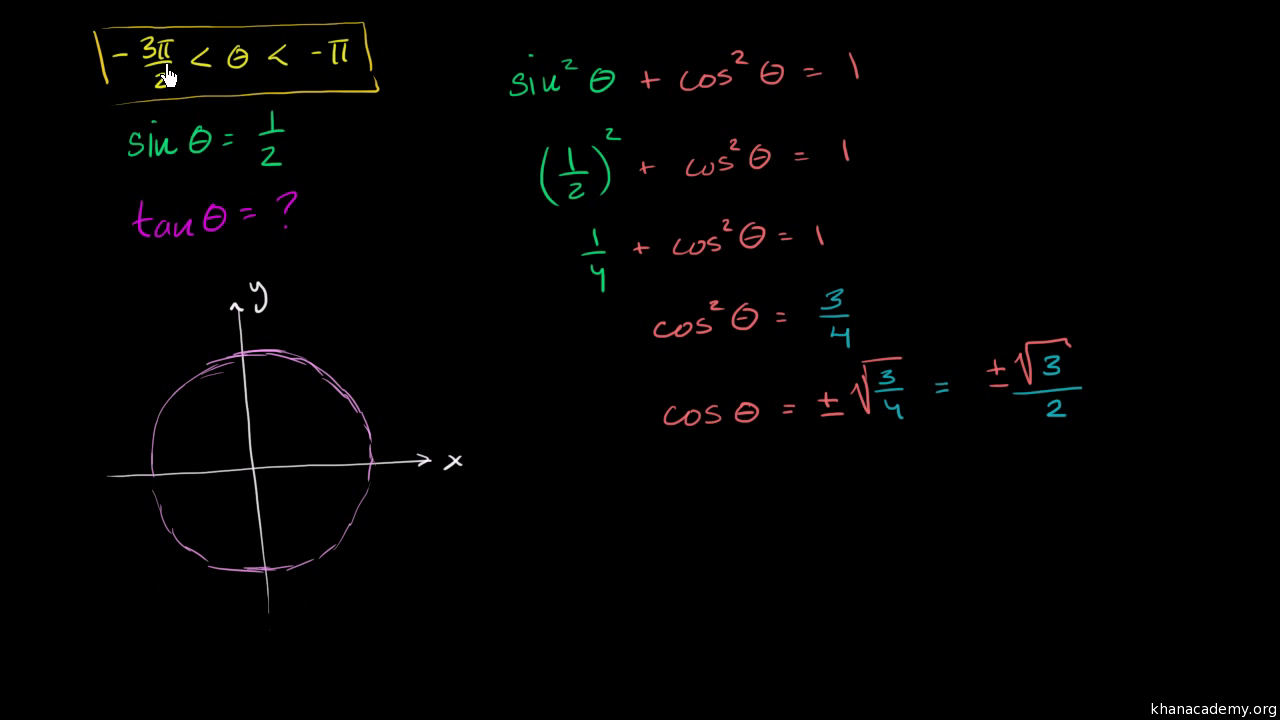



Using The Pythagorean Trig Identity Video Khan Academy



0 件のコメント:
コメントを投稿